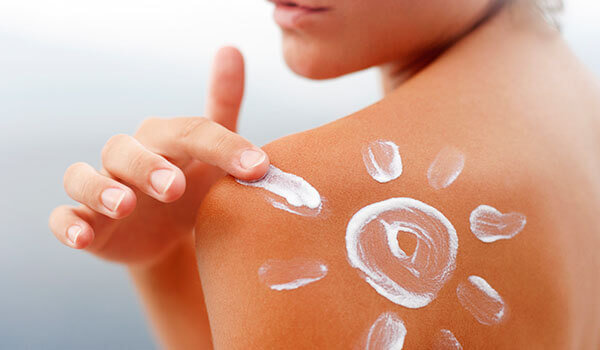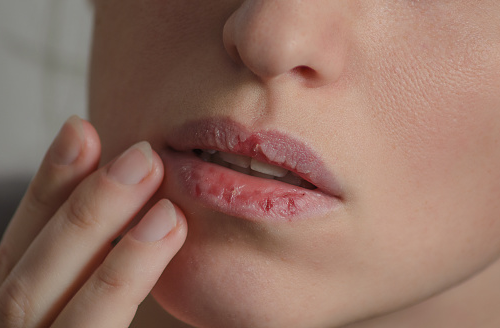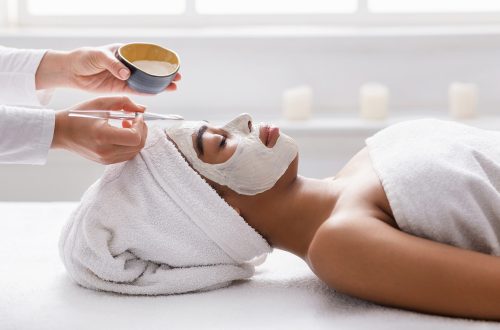
Apply sunscreen correctly: which one, how much, how often, where?
Only those who use sunscreen correctly protect themselves from the aggressive rays of the sun—our most essential tips on how to apply sunscreen correctly and when to reapply in good time.
Apply sunscreen, and reapply every 2-3 hours, especially after bathing. Multiply the sun protection factor (SPF) by 10 to determine the maximum number of minutes you should stay in the sun. Subtract a third of the time to be on the safe side.
Most people apply sunscreen too thinly and infrequently, surveys show. But then, the protection against the aggressive rays of the sun is not sufficient. It is, therefore, better to apply it (too) thickly: adults need to apply cream from head to toe. The advertised sun protection factor can only be achieved with enough sunscreen.
Apply sunscreen generously and everywhere
Wear sunscreen even if it’s cloudy—a light cloud cover 0 per cent of the UV radiation through. Don’t forget any spots when applying lotion. Feet, hands, the backs of the arms, the edges of clothing and the back are often neglected.
There are special sunscreens for the face. Alternatively, you can also use a day cream with a good sun protection factor.
The sun protection factor should be high
The protection period of the sunscreen can be calculated relatively easily with the help of the specified sun protection factor ( SPF): For people who get sunburnt after about ten minutes without sunscreen, the skin’s protection against UV-B rays with SPF 20 is extended to 200 minutes. So: SPF x 10 = maximum time in minutes to stay in the sun. It is best only to use two-thirds of this. For our example, that would be around 120 minutes.
Tip: It is essential to apply the cream every two to three hours because bathing, sweating and drying reduce the protection. Even if sunscreen is labelled “waterproof,” swimming in the water and drying off usually doesn’t leave much sunscreen on the skin. So definitely re-lubricate.
Avoid the sun when there is high UV radiation
Whether sun protection is necessary depends primarily on UV exposure. This is now specified as a worldwide uniform UV index in the weather forecasts. If the UV index climbs to 3, which can also be the case in spring and autumn, sun protection is necessary when staying in the sun.
The most effective protection against high UV exposure and UV-related diseases is to avoid the sun. Clothing comes second to protect against the sun. Applying sunscreen comes in third place.
How to prevent skin cancer
To protect your skin from skin cancer, it is best to stay in the shade at midday, wear long clothing, a hat and sunglasses, and apply sunscreen to exposed skin.
How long does sunscreen last?
Each sun cream symbolized a small jar with a shelf life on the back. This number tells you how many months the product will keep after opening. Unopened sun creams last at least 30 months – provided they have not been exposed to excessive heat, e.g. left in the car or with beach gear for a long time. If the cream no longer smells good and the consistency has changed, it is better to dispose of the product.





